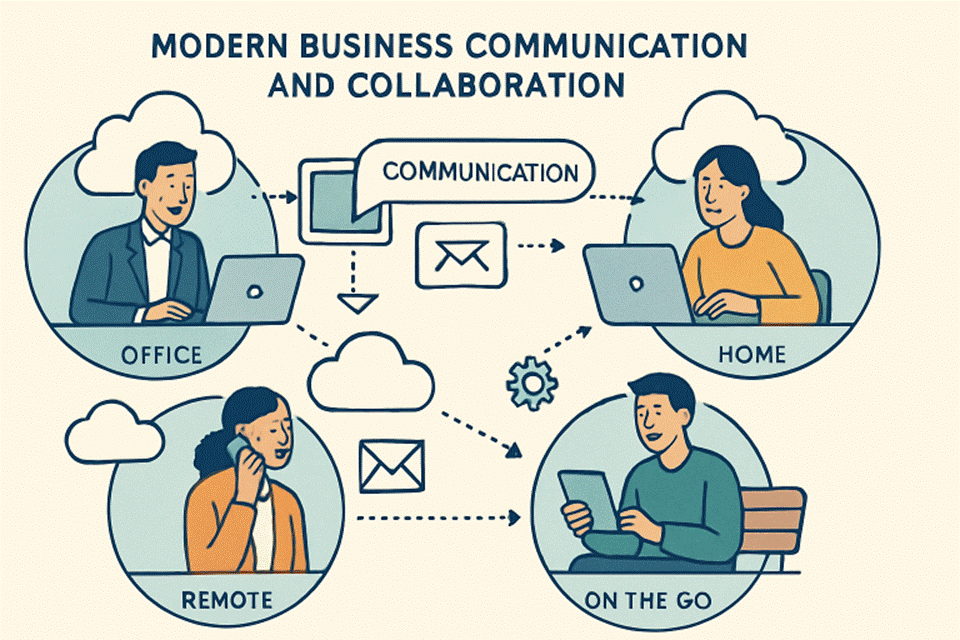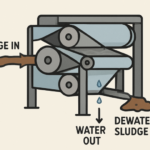An effective Salesforce data recovery strategy is a need if your company relies on the platform and its enterprise apps. If a cyber-attack or natural disaster, such a strategy can enable your business to return to normal operations swiftly. Over 791,000 cybercrime complaints were filed with the FBI alone by the end of 2020.
Unfortunately, many businesses do not have a strategy to recover from a crisis involving their Salesforce implementation. Keeping this in mind, specialists have put together a thorough guide. In this guide, they show you how to construct a Salesforce disaster recovery plan and provide you access to the resources you’ll need to put the plan into action.
Data Backup Is an Issue for Salesforce
Salesforce popular platform now has a “Backup and Restore” feature. In case of a cyber-attack, tragedy, or another incident, this solution is meant to assist organizations in safeguarding their Salesforce data. Critical company data may automatically generate backups using the Backup and Restore service. This easy-to-use function is an excellent method to protect your priceless data. The Backup and Restore service does not fully address your Salesforce disaster recovery plan.
Data enablement solutions are required to harness the full potential of salesforce.com. You can do much more with your data than make copies of it using this technology. This allows you to ensure business continuity, ease data migrations, and more with the help of Salesforce Data Enablement (DEE).
Salesforce Business Continuity Planning Defined
“Salesforce disaster recovery” is a word used to describe the numerous procedures and practices in place to keep a company’s operations running smoothly in case of a disruption. Unlike a conventional disaster recovery plan, a “Salesforce disaster recovery plan” focuses solely on CRM and linked apps. A disaster recovery strategy for Salesforce should be developed because of the platform’s size.
Operators will use this process in case of a calamity caused by humans or the natural world. SaaS and Self-Hosted are viable options for Salesforce disaster recovery. Disaster Recovery as a Service is another name for the SaaS alternative. If you choose the SaaS technique, you’ll have to use a third-party cloud service to store your backup data.
Cloud-storage solutions minimize setup and deployment time for many enterprises. There come Salesforce data backup recovery options at the best structure. When a company’s backup data storage requirements surpass the company’s current capacity, the data size might grow without the company’s involvement.
Self-Hosted
Self-Hosted Salesforce disaster recovery plans are precisely what they sound like: they’re self-managed. All backup data must be stored and maintained on your company’s cloud-based or on-site servers. As a result, there are certain advantages to using self-hosted data in case of a calamity. Self-Hosted Salesforce disaster recovery upgrades might take a little longer.
There are two reasons why a SaaS backup of Salesforce data by Flosum cannot be verified without a disaster recovery strategy in place. Verification, testing, and management of the data are now more straightforward. You must rely on the service provider’s verification processes since you cannot access online software data in these situations. On the other hand, self-hosted solutions give consumers complete control over their data. These findings may be used in various ways, such as to enhance other processes.
Creating a Disaster Recovery Plan for Salesforce
We’ve simplified the process of creating your Salesforce disaster recovery strategy into four easy steps:
Decide on a Strategy
Your desired data storage option is the first step in creating a Salesforce disaster recovery strategy. Both the SaaS and Self-Hosted options are available. The size and scope of your business and your budget should be taken into account when deciding on a plan.
Your business should not acquire hardware based on existing storage requirements if it chooses the Self-Hosted option. As a result, you should anticipate how much your business will develop over the following five to ten years and then acquire your Self-Hosted equipment appropriately.
This is something a competent dealer would take care of for you during the purchase and installation process and help you with.
It is considerably more practical to use the SaaS Salesforce disaster recovery solution if you need to implement your plan rapidly. Compared to the Self-Hosted technique, this option also saves a large amount of space.
Analyze Indicators
After you’ve settled on a disaster recovery strategy for Salesforce, you must keep a few more things in mind. The first step is to determine the level of “hotness” you require from your backup. Salesforce data should be backed up near where it is used. If this is the case, you’ll need a backup service that enables regular, incremental backups.
Changes and custom items may be made quickly and easily in Salesforce. Some providers will only allow a certain amount of daily or weekly backups. Disaster recovery must be flexible enough to handle frequent structural changes. The ideal solution can automatically identify and apply structural changes to correctly back up the meta-information on the data.
Your Proof of Concept Should Be Tested
Proof of Concept Testing should be performed after your Salesforce disaster recovery strategy has been finalized if your data backups can be utilized to protect against ransomware, natural catastrophes, etc., during this testing phase. In the case of a natural disaster, your company may be subject to downtime or data losses if these tests are not performed.
Consider Using the Data in Other Ways
The Self-Hosted Salesforce disaster recovery strategy allows for data enablement. SaaS backup data is almost solely utilized for archiving purposes. It’s possible to use self-hosted backup data for a wide range of different reasons. Your firm will have total control over its Salesforce data thanks to this method’s high level of protection. Salesforce development teams may be empowered using this data, and business continuity can be maintained.
RTO and RPO Are Two Salesforce Terms That You’d Want to Better Understand
Your RPO and RTO must be explicitly defined when creating your Salesforce disaster recovery strategy. In other words, a company’s Recovery Point Objective (RPO) measures the maximum amount of data that may be lost without having a significant impact on normal operations. A 24-hour RPO, for example, might be achieved by doing daily backups of your data. If you’re concerned that losing 24 hours’ worth of data might be disastrous for your company, you need to boost the frequency of your data backups.
Conclusion
Your Salesforce disaster recovery strategy wouldn’t be complete without regular testing of your backup systems. At the very least, you should test your backups regularly. If your organization is complicated, you may need to do backup testing more frequently. After each backup has been finished, you should install automated testing procedures. In the case of a calamity, the data may be retrieved using this strategy.












